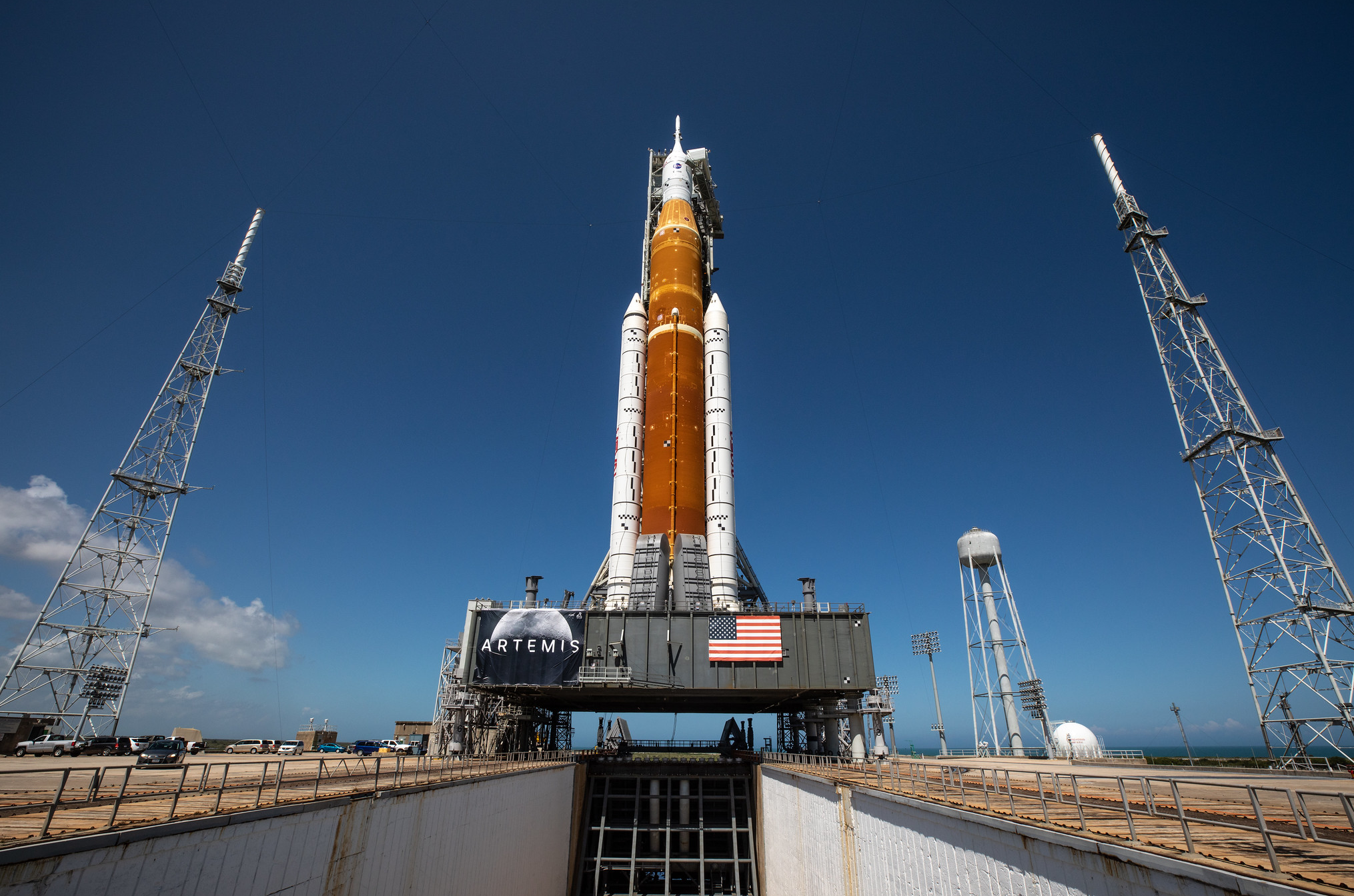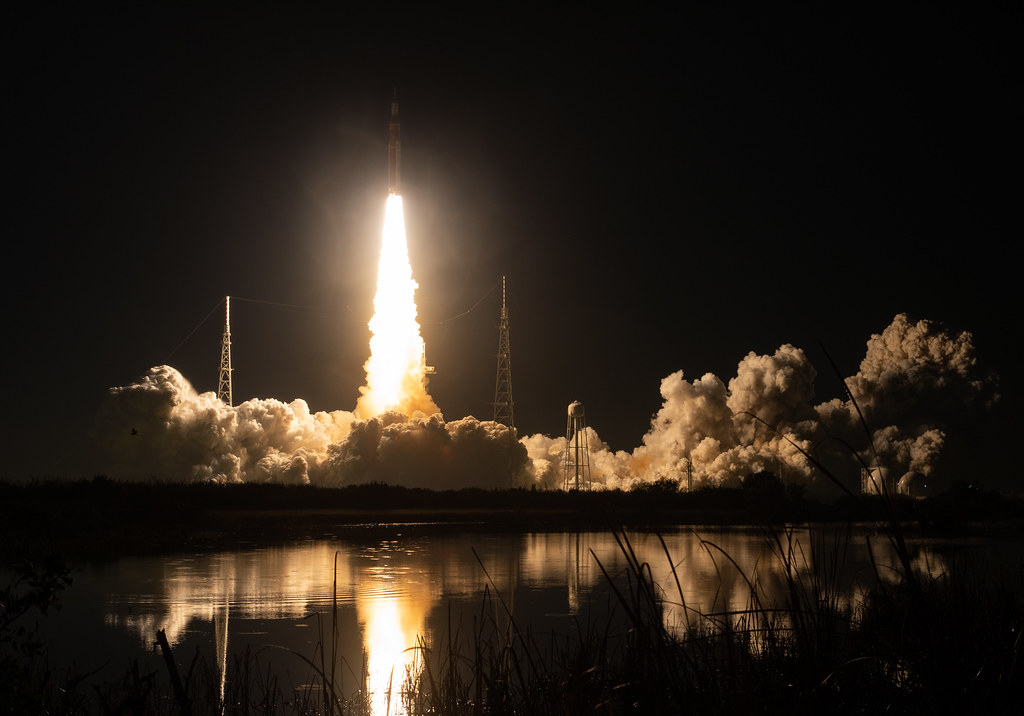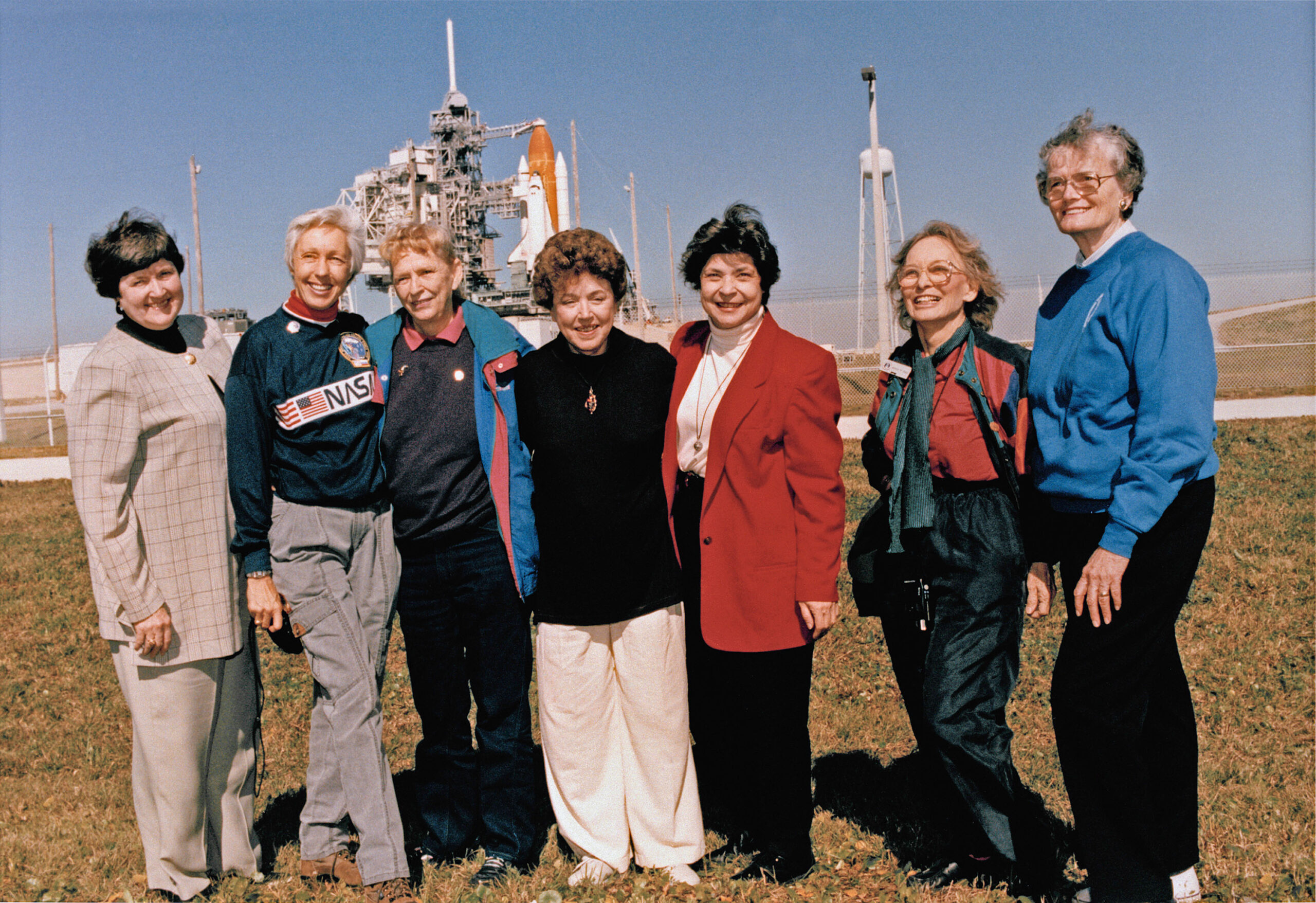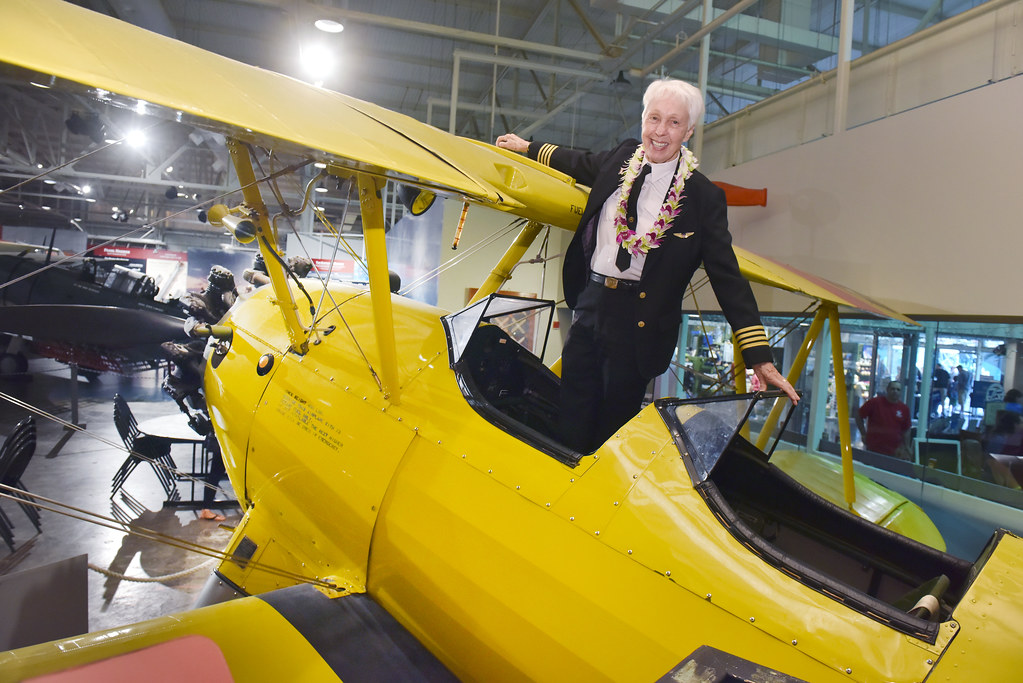The Forgotten Mercury 13
Zoe Parker discusses the Artemis space missions, as well as Mercury 13, and the role which women played in these ground breaking developments.

The launch of NASA’s Artemis programme took place on the 14th of November 2022. Artemis I (an unmanned test flight), the first of three Artemis missions, set out to test the Space Launch System (SLS) carrying the Orion spacecraft – flying around the moon and back to Earth. Artemis II, scheduled for 2024, will carry four crew, and Artemis III will take two astronauts in 2025.
Through the Artemis missions, NASA plans to land the first woman, as well as the first person of colour, on the moon. Using innovative technology to explore more of the moon’s surface and establish a long-term human and robotic presence on the moon, NASA plans to use the information learnt on the moon to plan the next stage: sending astronauts to Mars. With all these incredible advances in technology, and exciting plans being made for the future, it is important to look back and find out about the people that made these adventures possible.
The tests administered were the same as those given to their male counterparts, in order to prove that women should be allowed to train and become astronauts.
Astronauts Buzz Aldrin and Neil Armstrong have become firm household names. Wally Funk, Jerrie Cobb and Jane Hart on the other hand, have been largely forgotten, or never learnt in the first place. These three women were part of the Women in Space Program, which ran in 1959. The program was privately funded by aviation pioneer Jacqueline Cochran, and directly run by Dr William Lovelace (who later became chairman of the NASA Special Advisory Committee on Life Sciences). Dr Lovelace was a part of the team who devised tests for male astronauts and was curious as to how women would fare. The programme ran concurrently with NASA’s all-male Project Mercury (dubbed the Mercury 7), where they tested and trained their male astronaut candidates during the space race against the Soviets. However, as Women in Space program was not endorsed by NASA. It was hidden from the public eye.
The Women in Space program was made up of three phases, testing the women’s physical and psychological strength. The tests administered were the same as those given to their male counterparts, in order to prove that women should be allowed to train and become astronauts. Dr Lovelace looked at 700 pilots before making his final candidate selection. Of the 25 women initially invited for the project, 19 attended and 13 passed Phase I testing; These 13 women became known as the Mercury 13.
Phase I of testingconsisted of a variety of invasive tests – including electric shocks, freezing their inner ears, as well as regular X ray and blood pressure checks. The male candidates were allowed to perform the tests in groups, whereas the women were only allowed to perform them alone (only very occasionally completing tests in pairs). The second phase tested their psyche, using isolation tanks and other various questionable methods. Furthermore, phase III was shut down by the Navy before it even began, as they would not authorise the use of their military aircraft for an unofficial all-female program.
Whilst the tests were being conducted, the Soviet Union sent the first woman to space; Valentina Tereshkova. Unlike members of the Mercury 13, Tereshkova was not a trained pilot, but rather a trained factory worker with strong political views.

Whilst the Project Mercury all-male team were free to soar as high as technology of the time would let them, the thirteen women who completed the same training were left to stare at the stars, never quite allowed to reach them.
Image Credits: Flikr.
Frustrated by the way they were being held back, the Mercury 13 resorted to writing an address to then-President, John Kennedy. Eventually a public hearing before sub-committee of the House Committee on Science and Astronautics was called in July 1962 to see if there had been illegal gender discrimination as stated in the Civil Rights Act of 1964. However, Jacqueline Cochran (who funded the project), stood against them, throughout the process. Despite knowing that most of women who took part in the Mercury 13 project had given up their jobs and moved away from their families for the opportunity to become astronauts, in court she stated that she thought most of the women selected would drop out due to “marriage, childbirth, and other causes”.

Testimonials given at the hearing enlightened the public, and the committee, of how unfair NASA’s selection criteria was at the time. To be considered, NASA stated that candidates had to be graduates of military jet test piloting programs and were also required to have completed engineering degrees. For context, at the time this occurred, by law women were banned from enrolling in military jet piloting programs. In addition, NASA had previously allowed John Glen to be a member of the Mercury 7, despite his failing to complete his degree, having left to fight in the US army during World War 2.
All the Mercury 13 women were civilian test pilots and had significantly higher air times (in the thousands of hours) than their male counterparts in the Mercury 7. Test scores of the Mercury 13 also provided evidence that women could (contrary to belief), withstand the stress of space travel (loneliness, heat, noise, pain etc) better than men. They were also lighter, so the cost of sending women into space would be significantly lower than sending men. The court eventually ruled that, logically, it did not make sense to prevent women from astronaut training.
Despite this ruling, it took the US government until 1972 to amend the Title VII of the Civil Rights Act of 1964, allowing women to travel to space, and a further 6 years to lift the candidate requirement of a jet fighter pilot qualification. As a result, in 1978 NASA had its first official class of female astronauts, called ‘mission specialists’. Disappointingly, however, they did not cross the Kármán line into space. Instead, they were ground based, hired to work on experiments.
It took another 20 years for the US to send a woman to space. In 1983, Sally Ride making her the third woman in history to go to space.
As of March 2022, only a mere 11% of people who have been to space are female majority of which were US citizens. Their roles have ranged from payload specialists, space station participants, astronauts, cosmonauts (Russian astronauts) and, more recently, space tourists. On the ground, figures of female employment in the space industry are at the same level they were 30 years ago; only 20-22% (as released by the UN).
Sadly, there was never a point in time where all members of the Mercury 13 met since they were required to complete phase training alone or in pairs. Most of them were never even sent into space.
It was only recently (20th July 2021) that Wally Funk took part in a suborbital flight on Blue Origin’s New Shepard 4 mission Flight 16; at 82 years old this made her the oldest woman to have ever gone to space. In the end, Cobb was the only one of the 13 to officially complete all phases; which she did with flying colours, ranking the top 2% of both male and female astronauts at the time.

Image Credits: Flickr, 2018. Wally Funk.
The story of the Mercury 13 is one of bias and unfair treatment, but it is also, ultimately, a story of determination. These women paved the way for women in the space industry. At a time when they were actively opposed by both NASA and the Law, they fought for the right to be seen as equal to their male counterparts. They may have never made it to space, but they made sure that their voices were heard, and the impact they made on the space industry is undeniable. These women are a source of inspiration to women and girls everywhere, regardless of whether they wish to go into the space industry or not, at least they have the choice and the opportunity – thanks to the Mercury 13; Myrtle Cagle, Jerrie Cobb, Janet Dietrich, Marion Dietrich, Wally Funk, Sarah Gorelick, Jane Hart, Jean Hixson, Rhea Woltman, Gene Stumbough, Irene Leverton, Jerri Sloan and Bernice Steadman.
Header Image Credits: Flikr.
